9 Common Foods Disappearing Fast and 5 Tariff Targets Vanishing From Shelves
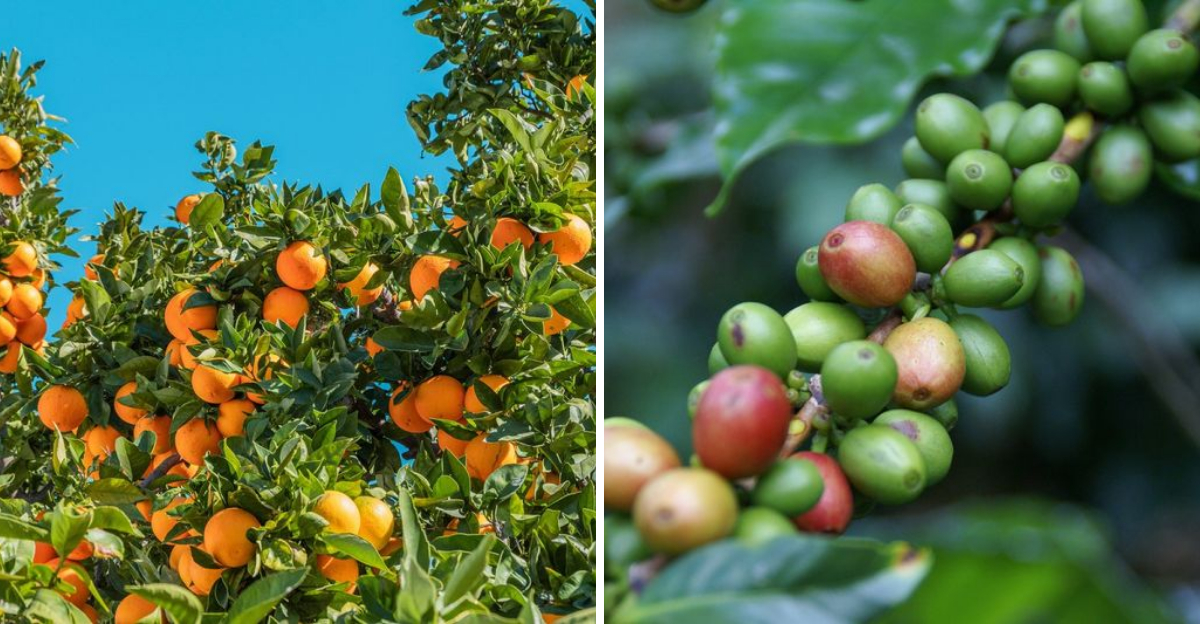
In recent years, several common foods and tariff targets have been disappearing from shelves at an alarming rate. This blog post explores these items, shedding light on the reasons behind their scarcity and the impact on consumers. From climate change to trade tariffs, various factors are contributing to the dwindling availability of these beloved products. Dive into this comprehensive guide to understand the changing landscape of our grocery stores and what it means for our future shopping habits.
1. Oranges (Especially from Florida)
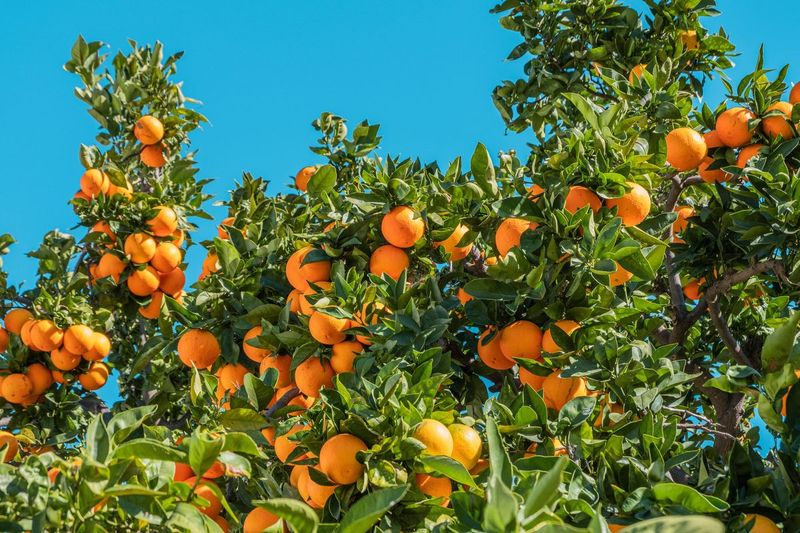
In Florida, oranges are facing a crisis of epic proportions. Citrus greening disease, a bacterial infection spread by tiny insects, has wreaked havoc on groves. Combined with the devastating effects of hurricanes, the state’s iconic fruit is under siege. Juice lovers are feeling the squeeze as prices rise and supplies dwindle. This beloved breakfast staple is becoming a luxury for many. The vibrant, sun-kissed orchards that once symbolized the Sunshine State are now shadows of their former selves. Florida’s orange industry is fighting for survival, and the future looks uncertain.
2. Coffee
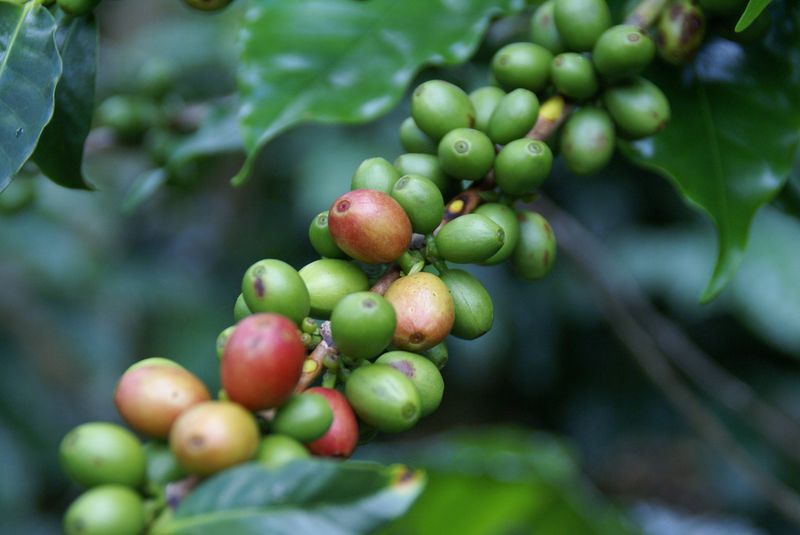
Coffee, a morning ritual for millions, is on shaky ground. Rising temperatures threaten the delicate balance needed for coffee plants to thrive. Specialty beans, cherished by coffee aficionados, may soon become elusive treasures. As climate change tightens its grip, coffee-growing regions are struggling to adapt. Farmers face the grim reality of losing their livelihoods, and consumers might see their favorite blends slipping away. The aroma of freshly brewed coffee, a comforting morning companion, might soon be a memory for many. The future of coffee is as uncertain as its complex flavors.
3. Chocolate (Cocoa Beans)
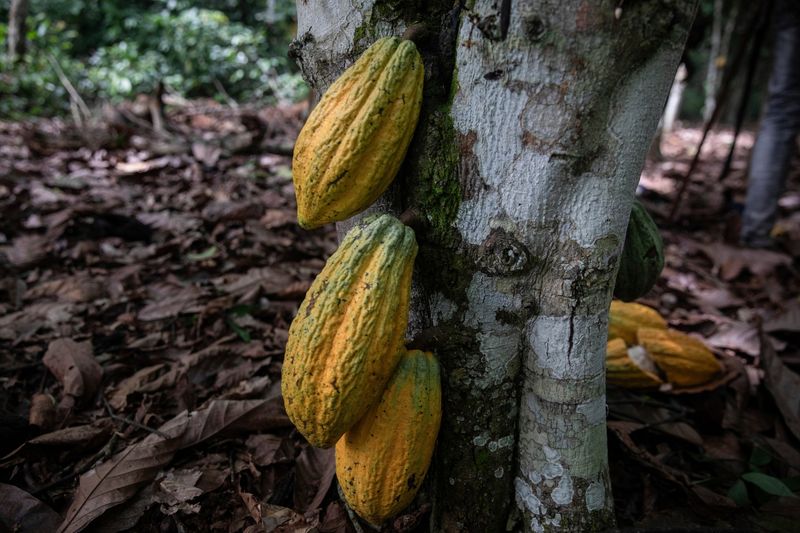
Chocolate, the sweet indulgence loved worldwide, faces a bittersweet future. Cocoa plants, sensitive to climate shifts and diseases, are under threat. As global demand for chocolate surges, producers grapple with dwindling supplies. The candy bars and treats that bring joy to many may become scarce. The rich, velvety texture of chocolate, a comfort in times of need, might soon be a luxury reserved for the few. With plantations struggling to meet demand, the price of chocolate could soar. The future looks bittersweet indeed for chocolate lovers.
4. Almonds
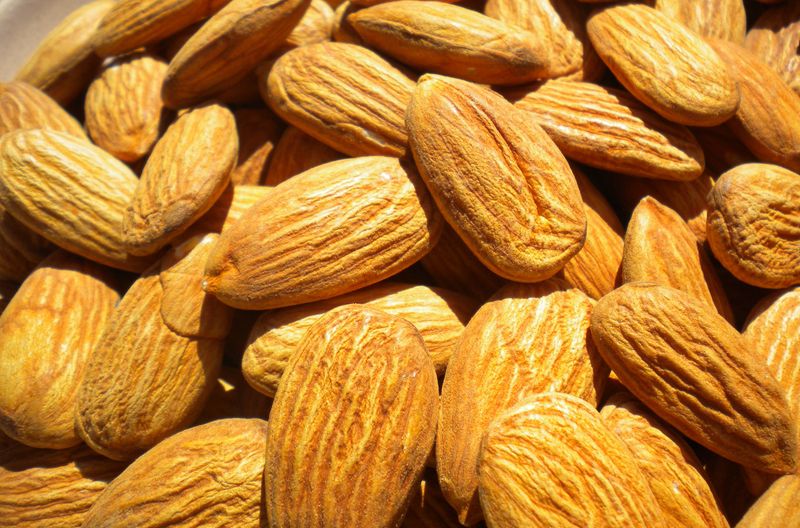
Almonds, once a symbol of health and nutrition, are in a precarious position. California’s water woes have placed immense pressure on this thirsty crop. Almond milk, nut snacks, and other almond-based products may soon be harder to find. The sprawling orchards, once lush and green, now face an uncertain future. Water scarcity is reshaping the agricultural landscape, and almonds are caught in the crossfire. As farmers struggle to sustain their crops, consumers may see prices climb. The almond’s future hangs in the balance, with water at the heart of the issue.
5. Tuna
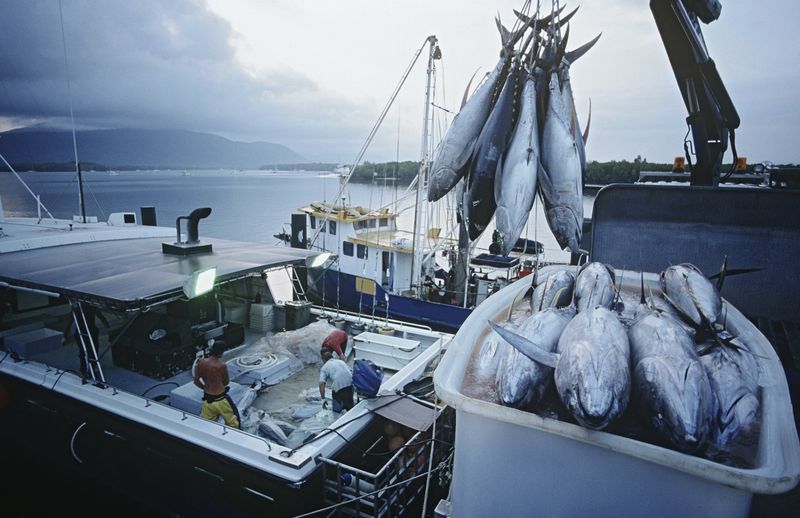
Tuna, a staple in sushi and sandwiches, is swimming against the tide of sustainability. Overfishing and warming oceans have nudged several tuna species toward depletion. The silvery fish, once abundant, now faces an uncertain future. As demand outpaces supply, consumers might find their favorite seafood dishes lacking. The ocean’s bounty is dwindling, and tuna is at the forefront of this crisis. Fisheries are racing to implement sustainable practices, but will it be enough? The future of tuna hangs in the delicate balance of nature and human intervention.
6. Avocados
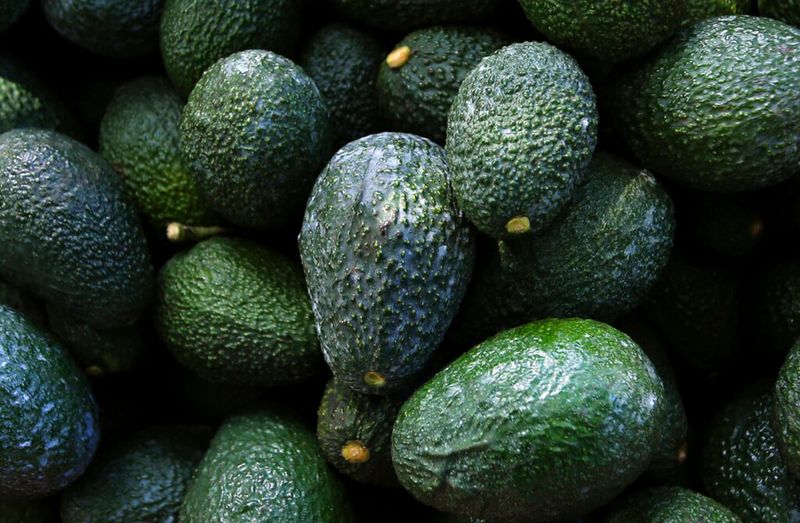
Avocados, the beloved green fruit, are facing a rocky road ahead. Water use, deforestation, and political turmoil in key producing countries have made avocados both a delicacy and a controversy. Guacamole enthusiasts may soon find their favorite dip in short supply. The creamy fruit, once a symbol of health and vitality, is now a victim of environmental and geopolitical challenges. As trees wither and prices rise, the avocado’s future appears uncertain. Consumers and producers alike must navigate this complex landscape to ensure the avocado’s survival.
7. Maple Syrup

Maple syrup, the sweet nectar of pancakes, is facing a sticky situation. Warmer winters in North America have shortened tapping seasons, leading to lower sap yields. The beloved golden liquid, a staple in breakfast feasts, might soon become a luxury. As nature’s cycles shift, the impact on maple syrup production is profound. Producers are scrambling to adapt to the changing climate, but the future remains uncertain. The rich, amber syrup that drizzles over fluffy pancakes might soon be a rare treat. Maple syrup lovers must brace for a potential scarcity.
8. Bananas (Cavendish Variety)
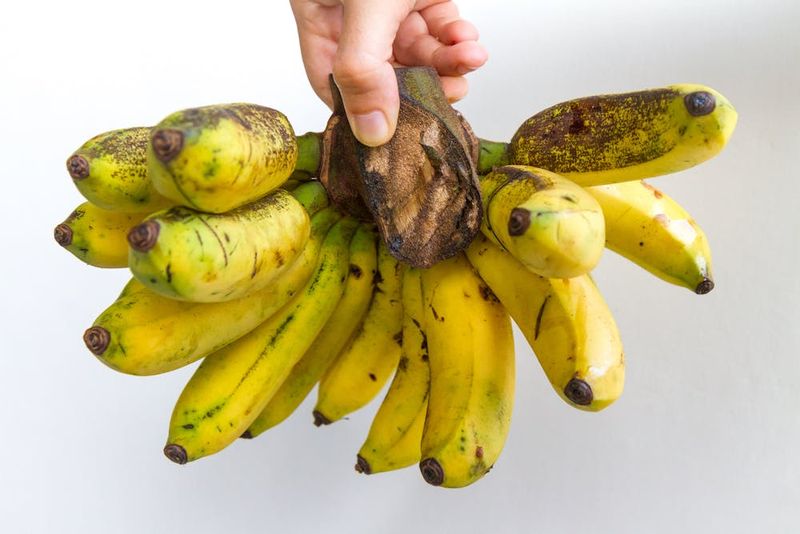
Bananas, the world’s most popular fruit, are teetering on the brink of disaster. The Cavendish variety, dominant in global markets, is under siege from a fast-spreading fungus. This resilient plant, once a fixture in fruit bowls, faces an uncertain future. As the fungus spreads, the availability of bananas may dwindle, affecting consumers worldwide. The cheerful yellow fruit, a source of nutrition and energy, is battling for its survival. Researchers are racing against time to find a solution, but the path ahead is fraught with challenges. The banana’s fate hangs in the balance.
9. Sriracha (Original Huy Fong Brand)
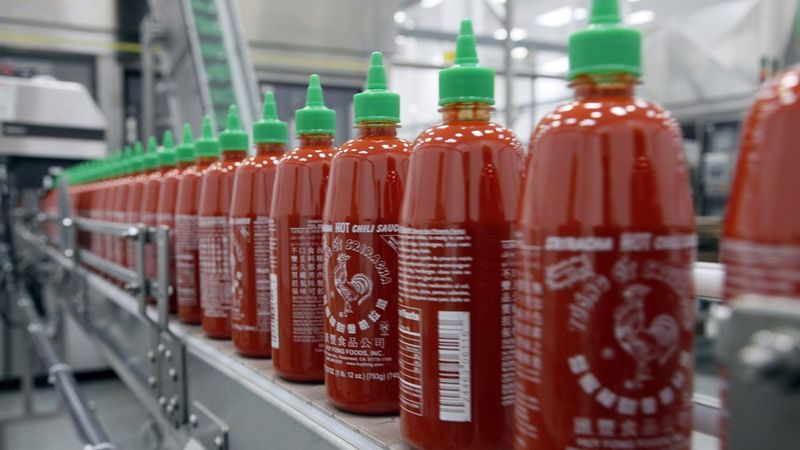
Sriracha, the spicy condiment beloved by many, is feeling the heat in a different way. Drought conditions in Mexico have led to chili shortages, halting production of the original Huy Fong brand. The fiery sauce, a staple in kitchens around the world, is becoming a rare find. As bottles fly off the shelves, prices soar, leaving fans in a spicy predicament. The future of Sriracha is uncertain, with weather patterns playing a crucial role in its availability. For now, spice enthusiasts must savor every drop, as the sauce’s future hangs in the balance.
10. Parmesan Cheese (Imported Italian)
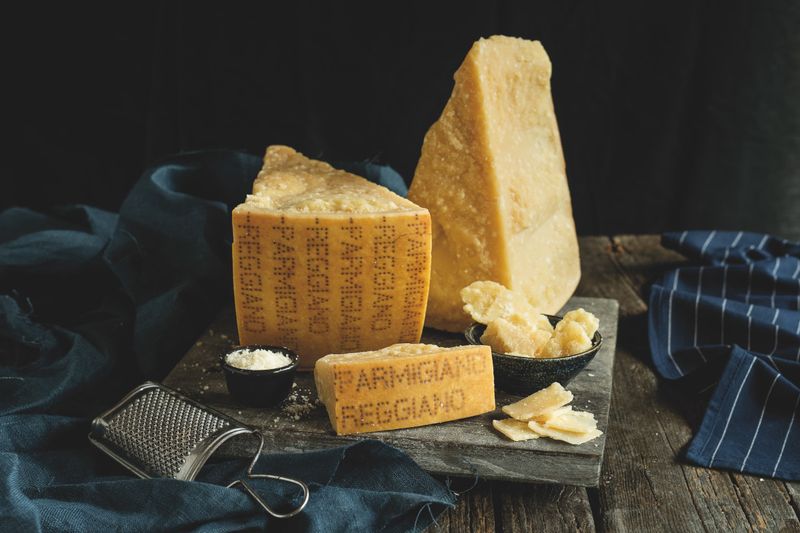
Parmesan cheese, the crown jewel of Italian cuisine, is facing a tariff-induced dilemma. Imported Parmigiano-Reggiano, a staple in gourmet kitchens, is becoming scarce and costly. Trade barriers have created hurdles, and consumers are feeling the pinch. As domestic alternatives fill the void, the authentic Italian experience may be lost. The rich, nutty flavor of true Parmesan is a culinary delight, and its absence leaves a void in many dishes. The future of Parmesan cheese is uncertain, with tariffs reshaping the landscape of international trade.
11. Olive Oil (European Imports)
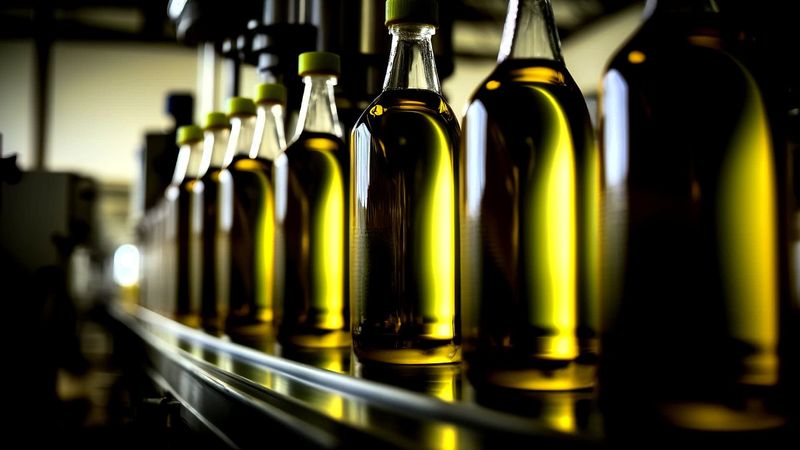
Olive oil, a kitchen staple and a symbol of Mediterranean cuisine, is under pressure. European imports have been hit with tariffs, and production issues abroad are tightening supply. The golden elixir, cherished for its health benefits and rich flavor, is becoming a luxury. As shelves empty and prices rise, consumers must adapt to the changing market. The future of olive oil is intertwined with global trade dynamics and agricultural challenges. For now, the quest for the perfect drizzle may lead to domestic alternatives, as the authentic Mediterranean experience becomes elusive.
12. Prosciutto and Cured Meats
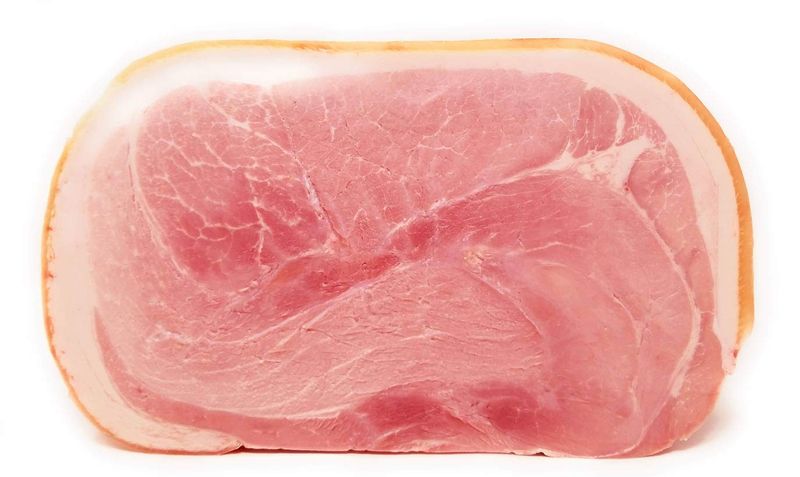
Prosciutto, the delicate and savory cured meat, faces a trade challenge. Authentic imports from Italy and Spain, once a staple in gourmet delis, are becoming rare finds. Tariffs have made these delicacies more expensive and harder to come by. As the cost of importing rises, delis are forced to offer alternatives. The tender, melt-in-your-mouth texture of true prosciutto is a culinary experience cherished by many. With trade dynamics reshaping the market, the future of cured meats hangs in the balance. For connoisseurs, this is a time of adaptation and exploration.
13. Specialty Wines (French, Spanish, German)
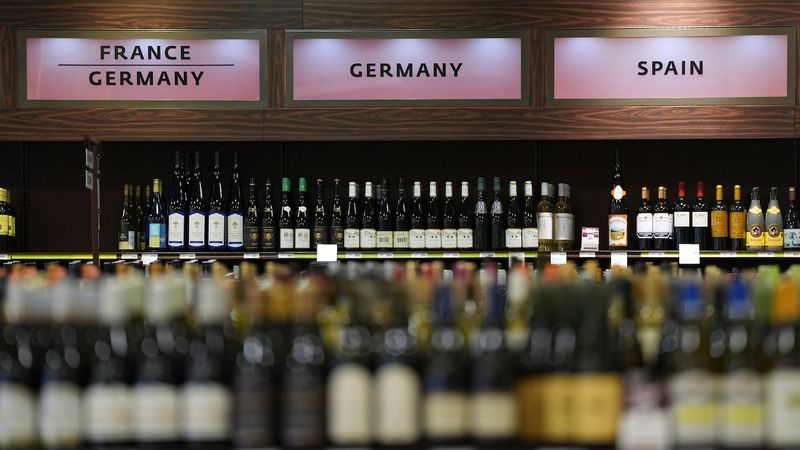
Specialty wines, the pride of European vineyards, are facing a tariff-induced bottleneck. Mid-priced bottles from France, Spain, and Germany have been hit hardest, leaving wine lovers in a bind. The complex aromas and rich flavors of these wines are becoming rare treats. As tariffs drive prices up, many shops have scaled back their selections, turning to local options. The future of these beloved imports is uncertain, with trade tensions casting a long shadow. For wine enthusiasts, the quest for the perfect bottle may lead to new discoveries, as familiar favorites become elusive.
14. China-Sourced Seafood (Shrimp, Tilapia)
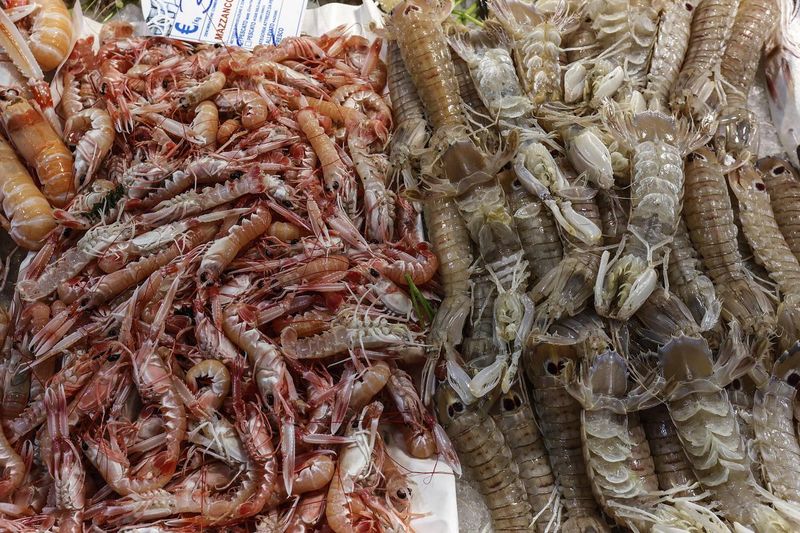
China-sourced seafood, including shrimp and tilapia, is caught in a trade storm. Trade tensions and inspection delays have reduced availability, leaving a gap in the market. The succulent taste of these seafood treasures, once a staple in many diets, is becoming a rarity. Brands are quietly swapping sources or dropping products altogether, reshaping consumer choices. As shelves empty and prices rise, the future of China-sourced seafood is clouded by uncertainty. For seafood lovers, this is a time of transition and adaptation, as familiar flavors become harder to find.
